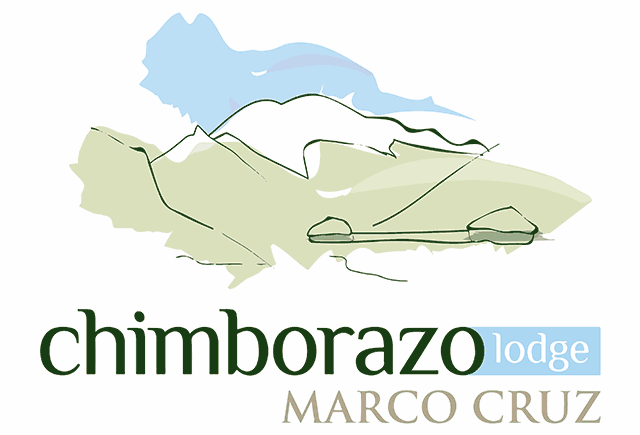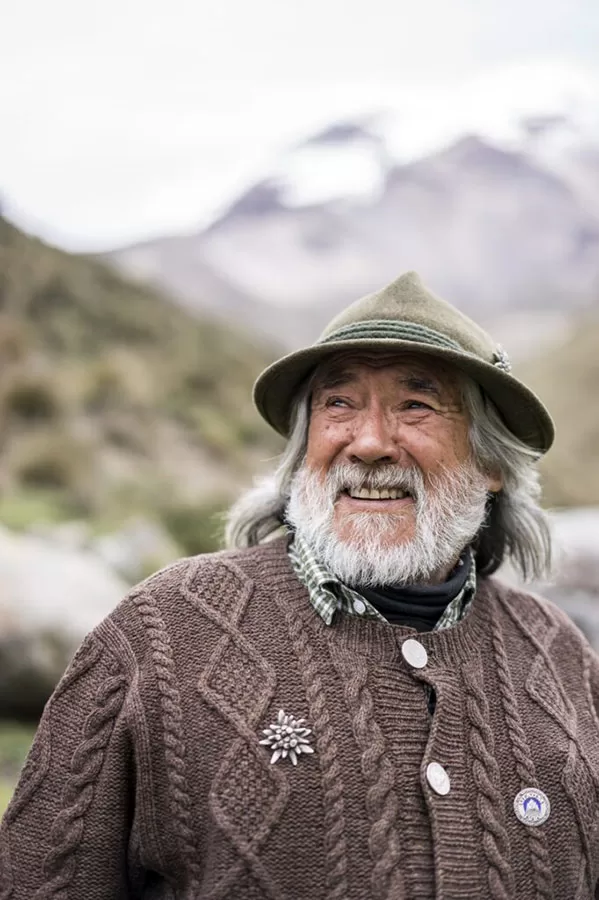Our Story
For 50 years Marco Cruz has been the protector of the Totorillas Valley. He managed to recover the vegetation completely deteriorated by overgrazing and frequent burning, and with the reintroduction of llamas and alpacas which has served as an example for indigenous communities to learn about the benefit of raising these animals, and the proper and sustained use of the páramo which is a tropical ecological formation altered by the height and characteristic of the Andes of the northern part of South AmericaThe historic Tambo de Totorillas was located at a strategic point on the Pre-Inca road of the Yungas, south of the Chimborazo, one day away from Guaranda and another from the Tambo de Chuquipogyo that was in the Cápac-Ñan east of the mountain.
The path of the “Yungas” descended towards the lowlands of the Guayas River basin, and since pre-Columbian times it was used for long-distance trade between the peoples of the high Andes with the inhabitants of the coast of Ecuador, especially for the traffic of the “spondilus,” the sacred shell that was used to offer the “Apus,” the spirits of the mountains, and that was a symbol of water and life, food of the gods who inhabit the mountains and who give water to men.
Coca leaves, chili peppers, salt and other products were trafficked from the tropical regions, and from the Sierra, they transported corn, dried potatoes called “chuno,” dried meat of llama called “charqui,” and the gold that came from the eastern rivers.
The Incas used the Tambo Totorillas for the rest of their long days and not far away, about 5000 meters, they built a high sanctuary for the realization of offerings and human sacrifices such as the ritual of the “Capac Cocha,” to offer children and animals to the ancestors who inhabit the sacred huaca of Chimborazo.
In this Tambo travelers and merchants from pre-Columbian times stayed; through it passed the conquerors and later the authorities of the king who went up from the port of Guayaquil towards the capital of the “Real Audiencia” that was in Quito. During the wars of independence the royal troops and those of the liberators passed. It was also visited by illustrious figures such as Humboldt, Bolívar and all the travelers and scientists of the nineteenth century: Reiss, Stübel, Kolberg and Whymper as well as the presidents of the new republic. Along with travelers and conquerors also came the trade that came beyond the seas and that was transported by recuas de acémilas and in the huandos loaded by hundreds of indigenous people.
.This fragile ecosystem is characterized by its great humidity and biodiversity; it is home to more than 1500 species of plants with more than 60% endemism and is a fundamental area due to its hydrological importance. Most of the Ecuadorian population depends directly or indirectly on the páramos to obtain water for human consumption, for irrigation and for the generation of electricity
In this historic and mythical Totorillas Valley on the ruins of the past, CHIMBORAZO LODGE was built as a small and exclusive lodging in the mountain where the harmony of the indigenous constructions was rescued, adapting it to the Alpine architecture of the mountains.
This site is the center of mountaineering activities, ascents, walking and hiking, training and acclimatization for adventure sports, observation of flora and fauna.
Get in Touch!
Main Office
URB. “LAS ABRAS” KM 3 VÍA GUANO.
Chimborazo Lodge
KM 23 VÍA AL CHIMBORAZO
VALLE DE TOTORILLAS
Office Landlines
MONDAY – FRIDAY
8:00 AM to 6:00 PM


